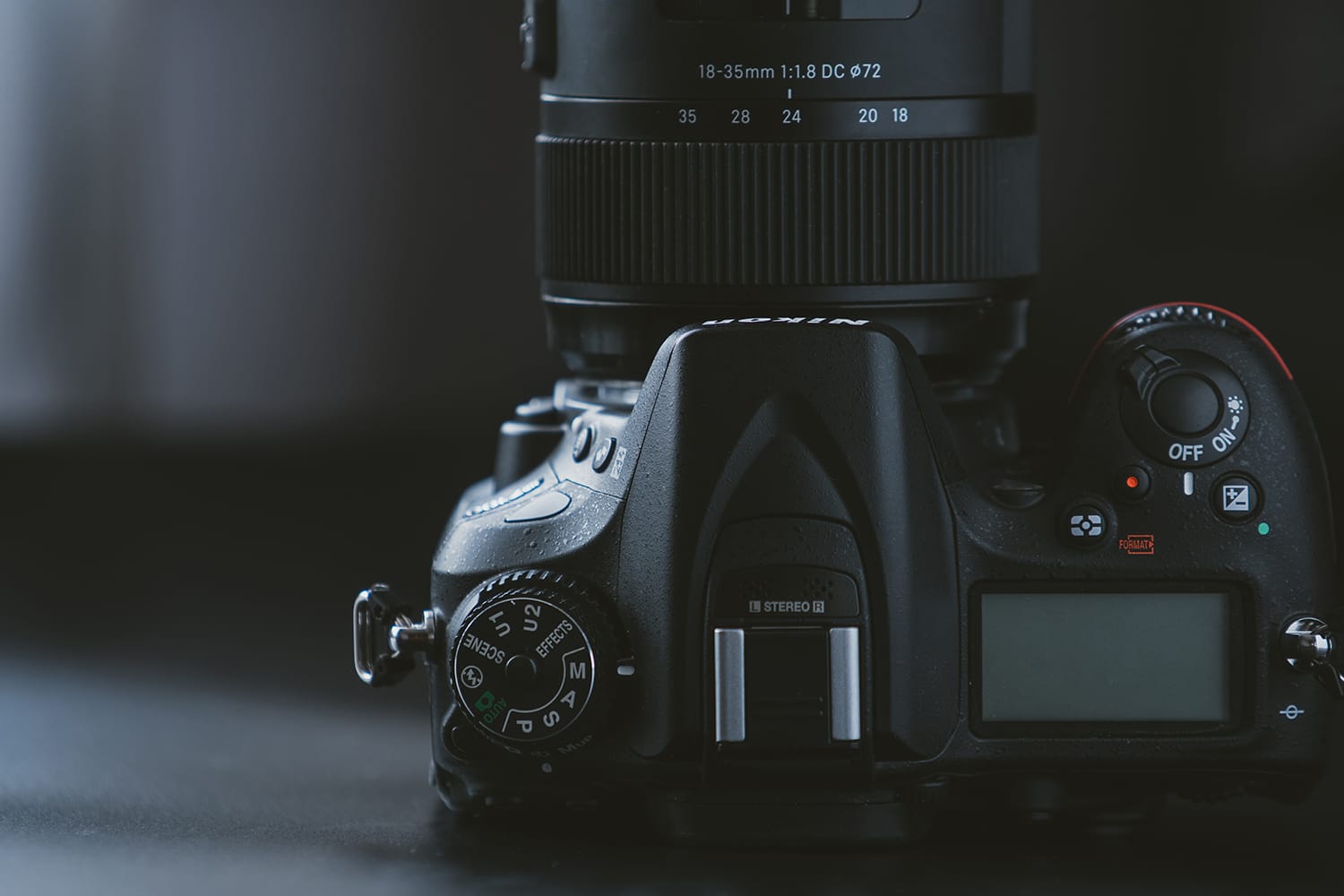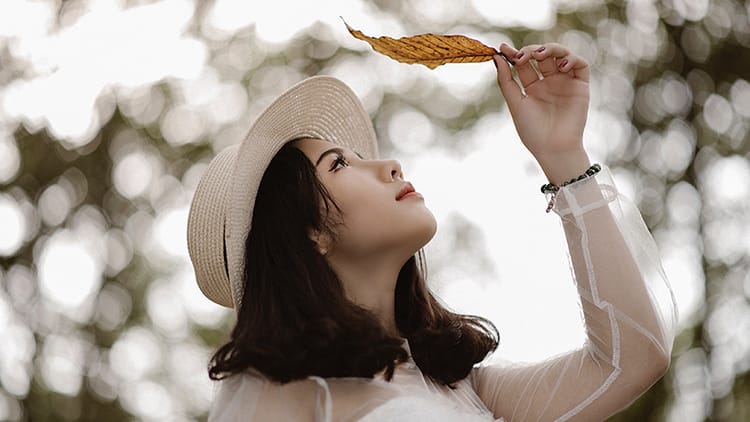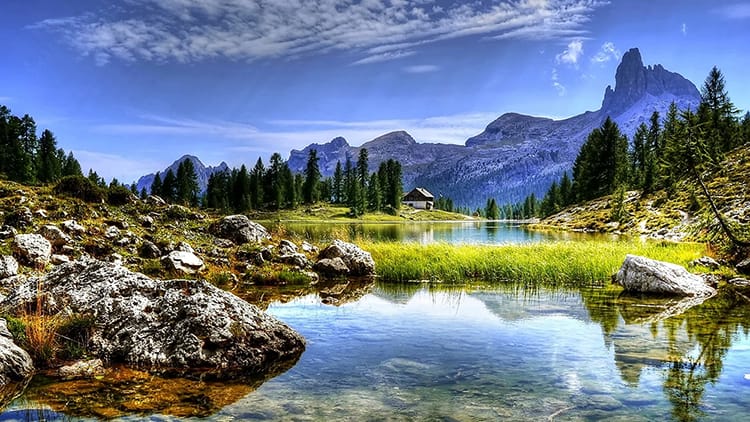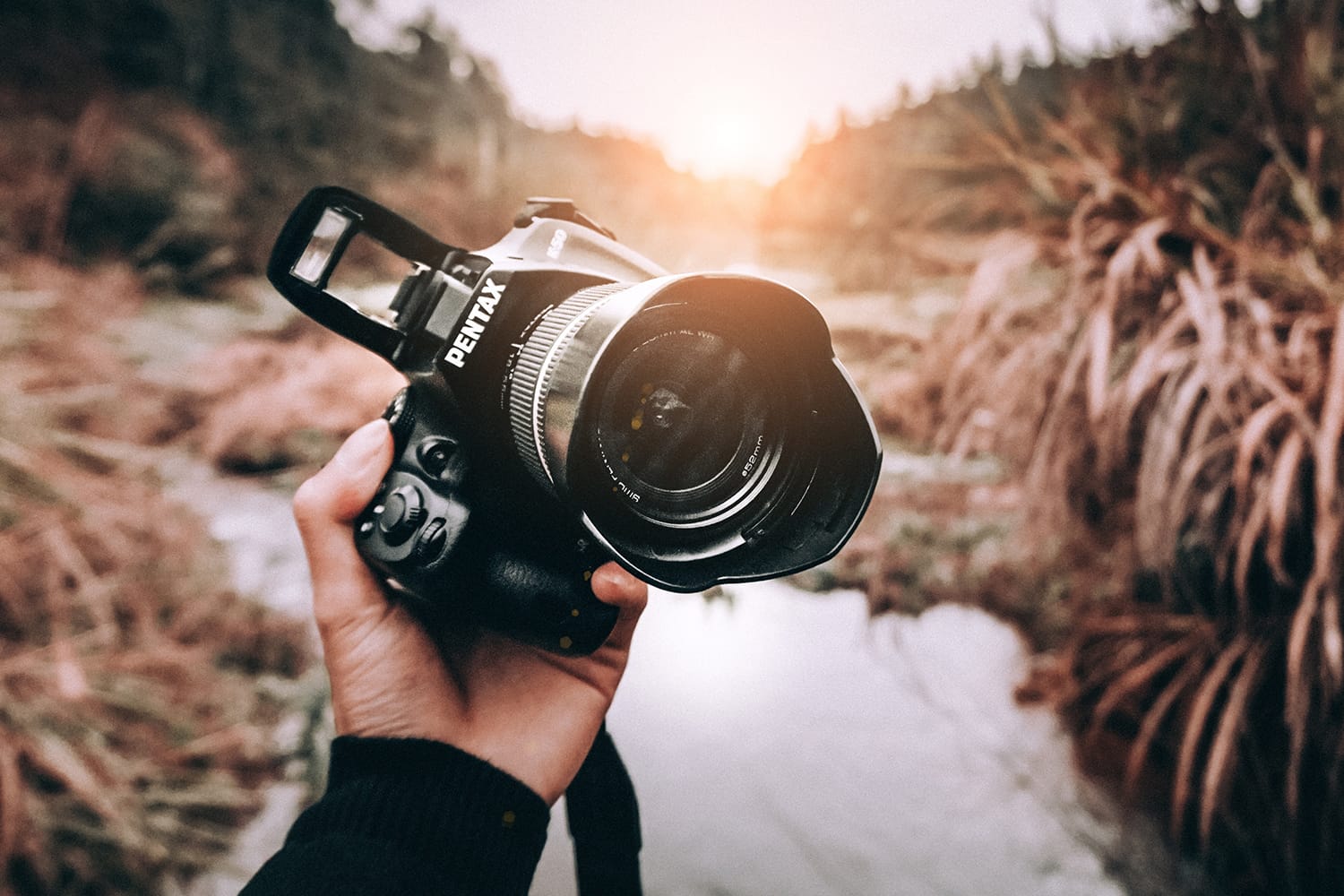Four Reasons to Learn to Shoot in Manual Mode
Modern cameras are clever beasts, which will take pretty decent shots even when set on auto. However, if you want to produce really stunning images, you need to take control of your camera.
And this means learning to shoot in manual mode. There are lots of reasons to shoot manual, but here are the four reasons that I think are probably the most useful.

1. Depth-of-field
The quickest way to make your photographs look professional is to control the depth-of-field. Depth-of-field refers to how much of your photograph behind your point of focus is sharp. A small depth-of-field is usually seen in portrait photographs, where the subject is sharp, and the background is out of focus. Conversely, a large depth-of-field is usually used in landscape photography, where the whole image needs to be sharp.


Depth-of-field is controlled by the aperture on the lens and is denoted by f-stops. A small f-stop number, such as f/4, equates to a small depth-of-field, whereas a large f-stop number, such as f/22, relates to a large depth-of-field.
2. Creativity
When you shoot on auto, you’re leaving it up to the camera to decide on the ISO, shutter speed and aperture settings. This immediately takes away a photographer’s creativity, as there is no control over aspects such as depth-of-field and noise levels. Even more fundamentally, auto mode takes no heed of the minimum shutter speed needed if the camera is being handheld (1/60th of a second).
To really use a camera to its full creative capabilities, you need to be in control of the exposure triangle of ISO, shutter speed and aperture. ISO relates to the sensitivity of the camera to light and uses numbers like old film speeds. The lower the number, the less grain or digital noise the image will have. However, a low ISO of, say, 100, will let less light into the camera.
Shutter speed controls how much light is let into the camera when the shutter opens and closes. The faster the shutter speed, the more the action can be frozen. So, a fast shutter speed of 1/1000th of a second is ideal for shooting sports. As already mentioned, if you are hand holding your camera, it’s advisable to shoot no slower than 1/60th of a second to avoid camera shake. Longer shutter speeds are used to shoot at night, for example.
As well as controlling depth-of-field, aperture controls the amount of light coming through the iris in the lens. A small f-stop number, such as f/4, is actually a large aperture (meaning it lets a lot of light into the lens). f/22, for example, is a small aperture and doesn’t allow a lot of light into the lens.
Using these three aspects in conjunction with each other allows a photographer to control both the amount of light coming into the camera and the creative feel of the photograph.
3. Shooting Without the Built-in Flash
Many cameras have an inbuilt flash, and the way cameras work is that, while on auto, they’ll generally fire the flash instead of altering any of the exposure triangle. The trouble is that these built-in flashes are not very powerful, and are really only designed to be used as fill-in flash.

This means that they are unlikely to be able to light an entire scene and will produce very harsh unflattering light. By using manual mode, you can avoid the flash firing unless you want it to.
4. White Balance Correction
One of the great things about digital cameras is that they allow us to alter the white balance of the camera, according to the kind of light we’re shooting with (e.g., sunlight, tungsten lights, flash). When on auto, the camera will simply use Auto white balance (AWB), which is usually fairly accurate. But for true control, it’s best to set the white balance yourself in the manual mode.
This is particularly useful if you need to shoot pure white, as you can set a custom white balance using a grey card. A grey card is set to 18% grey, which is exactly midway between pure white and pure black.
By using manual mode, you’ll be able to control all these factors, and that is a significant step on the path to shooting truly professional photographs. Happy shooting!
